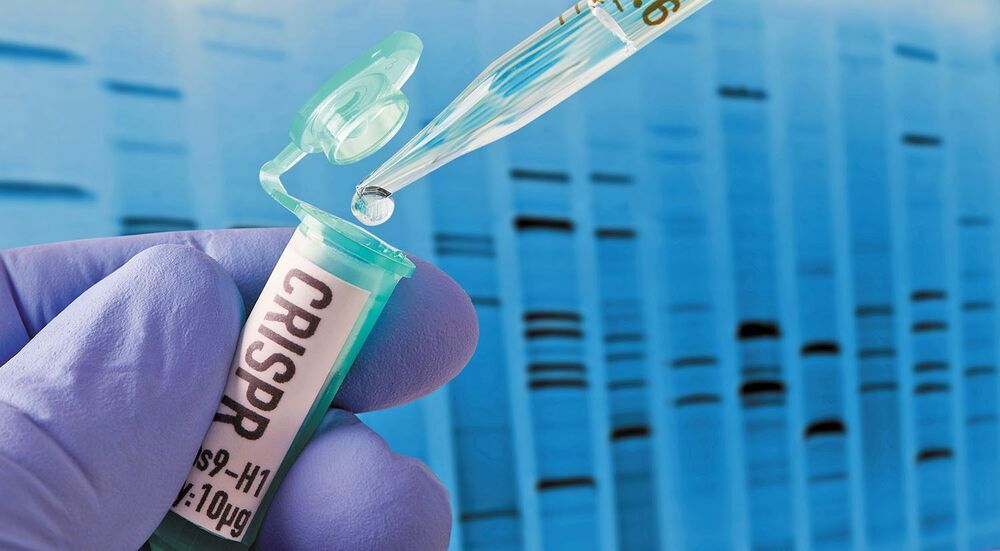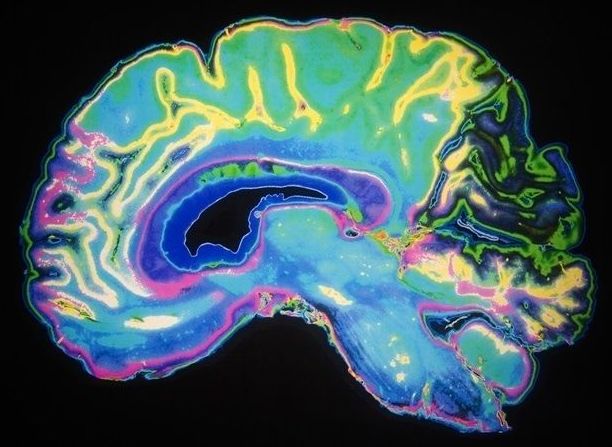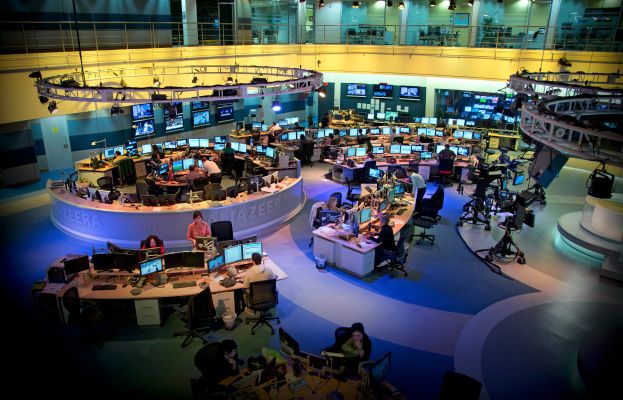This makes me worried about undersleeping. 😃
New study suggests chronic sleep-deprivation causes overactivity in the brain’s self-cleaning mechanism, leading to the destruction of healthy cells.


It seems competition is increasing.
BEIJING – In a future driven by electric vehicles, China is poised to dominate if the U.S. does not transform its automobile industry in coming years.
While California-based Tesla captured popular attention for electric cars, national policy in Beijing encouraged the launch of several rivals in China, the world’s largest auto market. Already, sales of electric cars and other new energy vehicles hit a record in September in China. Even Tesla launched a factory there last year, and is planning to sell made-in-China cars to Europe.
Powering it all are electric batteries – of which two Chinese companies, Contemporary Amperex Technology (CATL) and BYD, account for about a third of the global market, according to UBS. All six of the major battery manufacturers identified by UBS are Asian.
Nice lecture with both technical info and analogy.
Latest study from David Sinclair’s lab have used cellular reprogramming to restore vision in aged mice & more! Suggests reversing aging *may* be possible.
*Get 10% off at DoNotAge using my discount code “SHEEKEY”*
https://bit.ly/Sheekey_DoNotAgeShop.
DoNotAge are supporting my channel in the education of longevity and aging research. They also sell a variety of supplements including NMN, resveratrol, fisetin and more! smile
Disclaimer — using this discount will provide the channel with a small commission, so only use if you want to support the channel! smile
TIMESTAMPS;
Intro — 00:00
Aging is loss of information — 00:45
Correction device & epigenetics — 02:49
Yamanaka factors & OSKM — 04:45
Study results from Sinclair lab — 07:25
Aging reversed? — 10:29
Working model — 12:00
Cellular reprogramming in humans? — 12:36.
REFERENCES;
Interesting…
The United States is the sole military super power in the world, but that may not last for long. Other nations are catching up in the new arms race and have dedicated massive military budgets to developing hypersonic missiles! How can the US defend against such high impact and evasive missiles? You’ll have to watch today’s new video to find out if the US has an answer of it’s own.
🔔 SUBSCRIBE TO THE INFOGRAPHICS SHOW ►
🔖 MY SOCIAL PAGES
TikTok ► https://www.tiktok.com/@theinfographicsshow.
Discord ► https://discord.gg/theinfographicsshow.
Facebook ► https://www.facebook.com/TheInfographicsShow.
Twitter ► https://twitter.com/TheInfoShow.
💭 SUGGEST A TOPIC


Electronics are increasingly being paired with optical systems, such as when accessing the internet on an electronically run computer through fiber optic cables.
But meshing optics — which relies on particles of light called photons—with electronics—relying on electrons — is challenging, due to their disparate scales. Electrons work at a much smaller scale than light does. The mismatch between electronic systems and optical systems means that every time a signal converts from one to the other, inefficiency creeps into the system.
Now, a team led by a Purdue University scientist has found a way to create more efficient metamaterials using semiconductors and a novel aspect of physics that amplifies the activity of electrons. The study is published in the journal Optica.

In some ways, learning to program a computer is similar to learning a new language. It requires learning new symbols and terms, which must be organized correctly to instruct the computer what to do. The computer code must also be clear enough that other programmers can read and understand it.
In spite of those similarities, MIT neuroscientists have found that reading computer code does not activate the regions of the brain that are involved in language processing.
Instead, it activates a distributed network called the multiple demand network, which is also recruited for complex cognitive tasks such as solving math problems or crossword puzzles.

Fast, ultra-bright photon source brings scalable quantum photonics within reach. Super-fast quantum computers and communication devices could revolutionize countless aspects of our lives — but first, researchers need a fast, efficient source of the entangled pairs of photons such systems use to tra.

Members of the US Space Force will be known as “guardians”, it was announced on the military service’s first birthday.
US Vice President Mike Pence said: It is my honour, on behalf of the president of the United States, to announce that henceforth the men and women of the United States Space Force will be known as guardians.
Mike Pence says soldiers, sailors, airmen, Marines and guardians will be defending our nation for generations to come.
